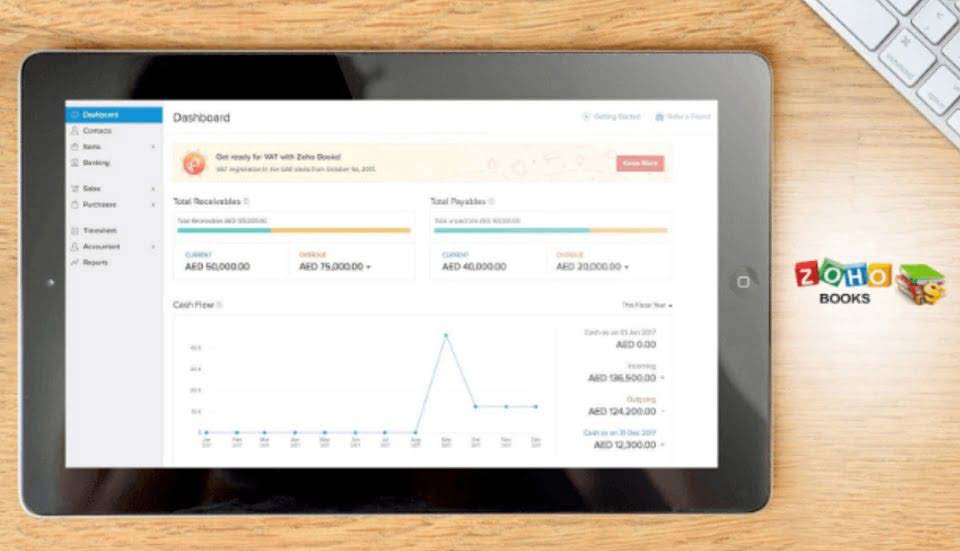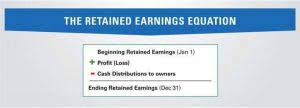After-tax Cost of Debt Calculator

Understanding how to calculate the cost of debentures is essential for making informed investment decisions and assessing the financial health of a company. So, the cost of capital is same at 15.63% as it was when the preference shares were treated as irredeemable. However, if the preference shares are redeemable at par i.e., ` 100, then kₚ comes to 15.83%. This increase in cost of capital from 15.63% to 15.83% arises because of premium of ` 4 payable at the time of redemption. This premium is a gain to shareholders but reflect a cost to the company as indicated by the increase in cost of capital.
The cost of equity is the return that a business pays out to its equity investors. In other words, it is the expense that a company must incur if it uses equity to finance expenditures. The prevalent approach is to look backward and compare historical spreads between S&P 500 returns and the yield on 10-year treasuries over the last several decades. The logic is that investors develop their return expectations based on how the stock market has performed in the past. For example, if you plan to invest in the S&P 500 — a proxy for the overall stock market — what kind of return do you expect?
There is a major flaw in the Social Security COLA calculation
The relative lack of security does not necessarily mean that a debenture is riskier than any other bond. They are not secured by collateral, yet they are considered risk-free. Credit rating agencies, such as Standard and Poor’s, typically assign letter grades indicating the underlying creditworthiness.
- Convertible debentures are attractive to investors that want to convert to equity if they believe the company’s stock will rise in the long term.
- The forecast is problematic because the CPI-W increased 3.2% during the first quarter of 2024.
- He currently researches and teaches economic sociology and the social studies of finance at the Hebrew University in Jerusalem.
- The after-tax cost of debt is equal to the product of the pre-tax cost of debt and one minus the tax rate.
- Debentures are advantageous for companies since they carry lower interest rates and longer repayment dates as compared to other types of loans and debt instruments.
In particular, the concept of cost of capital has two applications. First, in capital budgeting it is used to discount the future cash flows to obtain their present values, and second, it is also used in optimization of the financial plan or capital structure of a firm. The second aspect of the concept of cost of capital will be taken up in Chapter 8. In the present chapter, an attempt has been made towards the determination and measurement of this discount rate i.e., the cost of capital besides analyzing other related aspects. The riskier future cash flows are expected to be, the higher the returns that will be expected. However, quantifying the cost of equity is far trickier than quantifying the cost of debt.
Changing capital structure
Businesses use their capital structure to finance operations and growth. Retained earnings are one of the important internal sources of finance. Profit available to equity can be distributed as dividend; but a proportion of that is distributed and remaining is kept for reinvestment.
What Is the Debt Ratio? – Investopedia
What Is the Debt Ratio?.
Posted: Sat, 25 Mar 2017 21:56:57 GMT [source]
WACC is used in financial modeling as the discount rate to calculate the net present value of a business. More specifically, WACC is the discount rate used when valuing a business or project using the unlevered free cash flow approach. Another way of thinking about WACC is that it is the required rate an investor needs in order to consider investing in the business.
Before-Tax Cost of Debt
Convertible debentures are hybrid products that try to strike a balance between debt and equity. Investors gain the benefit of fixed interest payments while also having the option to convert the loan to equity if the company performs well, rising stock prices over time. We define the cost of debt as the market interest rate, or yield to maturity (YTM), that the company will have to pay if it were to raise new debt from the market. Don’t worry if this sounds technical, we explain in detail how you can obtain the cost of debt in the following section.
The main problem in applying this equation and Equation 5.14 is that it is difficult, if not impossible to estimate value of Pn i.e., the expected market price at the end of year n. Equation 5.5 is to be solved by the trial and error procedure to find out the value of kp. In Equation 5.5, neither the kp nor PD require any tax adjustment as the preference dividend is payable out of profit after tax and consequently there is no tax shield to the company. The measurement of cost of capital refers to the process of determining the cost of funds to the firm. Once the cost has been determined, it is in the light of this cost that the capital budgeting proposal will be evaluated.
In many cases, bonds or debentures may be issued at a premium (when, it is more than the face value) or at a discount (when it is less than the face value). In that case, cost of debentures calculation the cost of debt must not be equal to the coupon rate of interest. Moreover, if discounts or premiums are amortized for income-tax purposes, it should also be considered.

